AI and Big Data in Building Smart Insurance Platforms
Contents
The insurance industry is now standing at a pivotal moment in its digital evolution. Traditional insurance models built on historical data analysis and reactive risk assessment are rapidly giving way to intelligent, predictive platforms powered by artificial intelligence and big data analytics. This transformation represents more than technological modernization; it’s a fundamental reimagining of how insurance companies understand risk, engage customers, and deliver value.
According to recent industry surveys by Wolters Kluwer, AI garnered the largest share of experts at 36% who identified it as the top tech innovation priority for 2025, with big data and analytics following at 28%. The convergence of several factors drives this shift toward innovative insurance platforms: exponentially growing data volumes from connected devices, advances in machine learning algorithms, and evolving customer expectations for personalized, real-time services.
Innovative insurance platforms leverage these technologies to create dynamic, data-driven ecosystems that can predict risks before they materialize, personalize policies in real-time, and automate complex processes that traditionally required extensive human intervention. With experts estimating up to one trillion connected devices by 2025, the resulting avalanche of new data will allow carriers to understand their clients more deeply, resulting in new product categories and more personalized pricing.
Importance of AI and Big Data in Insurance
The integration of AI and big data into insurance operations has moved beyond experimental phases to become mission-critical for competitive survival. These technologies are transforming every aspect of the insurance value chain, from underwriting and risk assessment to claims processing and customer engagement.
Predictive Risk Assessment and Dynamic Pricing
Modern AI algorithms can analyze vast datasets encompassing traditional risk factors alongside real-time behavioral data, IoT sensor information, and external environmental data. Predictive insights are taking center stage, transforming raw data into clear, actionable explanations that enable healthcare providers and insurers to make informed decisions, representing a move from traditional, reactive healthcare models to preventive, user-focused strategies. This capability allows insurers to price policies more accurately and identify emerging risks before they result in claims.
Enhanced Customer Experience Through Personalization
AI-powered platforms can deliver hyper-personalized customer experiences by analyzing individual customer data, preferences, and risk profiles. This personalization extends beyond pricing to product recommendations, communication preferences, and proactive risk management advice. The result is stronger customer relationships and improved retention rates.
Operational Efficiency and Automation
In 2025, insurers will rely on AI to forecast future risks more accurately and develop dynamic reinsurance strategies, enabling them to assess the potential for large-scale claims and optimize their operations. Automated underwriting processes can reduce policy approval times from days to minutes. At the same time, AI-powered claims processing can handle routine claims without human intervention, significantly reducing operational costs.
Fraud Detection and Prevention
Big data analytics enable sophisticated fraud detection systems that can identify suspicious patterns across multiple data sources in real-time. These systems can detect fraudulent claims with higher accuracy than traditional methods while reducing false positives that negatively impact legitimate customers.
Challenges & Considerations
While the potential of AI and big data in insurance is immense, implementing these technologies presents significant challenges that organizations must carefully navigate.
Data Quality and Integration Challenges
Suppose the training data supplied to AI is low-quality, outdated, or biased. In that case, its outputs will follow suit, leading to unfair outcomes, misleading insights, and other inaccuracies. Insurance companies often struggle with data silos, inconsistent data formats, and legacy systems that weren’t designed for modern data integration requirements. The real challenge lies in gaining access to external data in a cost-efficient way, as the external data ecosystem continues to expand while remaining highly fragmented.
Regulatory Compliance and Ethical Considerations
Insurance companies face significant ethical challenges, including biases in data that can lead to unfair outcomes and the complexity of AI algorithms, which can hinder transparency. Regulatory bodies are increasingly scrutinizing AI usage in insurance, particularly around fairness, discrimination, and explainability of automated decisions. The insurance industry embraced AI in 2024 and will continue to do so in 2025. Still, it must balance innovation with governance requirements.
Technical Infrastructure and Scalability
While AI holds immense potential for insurers, scaling it enterprise-wide remains challenging. Security risks, high costs, the risk of getting locked in with suppliers, talent shortages, cultural resistance, governance gaps, and legacy infrastructure often hinder progress. Many insurance companies struggle with legacy systems that cannot easily accommodate modern AI and big data technologies.
Privacy and Security Concerns
Customers have concerns about data privacy and potential risks from AI-generated inaccurate information. Insurance companies must implement robust cybersecurity measures to protect sensitive customer data while ensuring compliance with privacy regulations such as GDPR and other regional data protection laws.
Talent and Cultural Barriers
The successful implementation of AI and big data platforms requires specialized technical expertise that is often scarce in traditional insurance organizations. Additionally, cultural resistance to change and fear of job displacement can impede adoption efforts.
How ITO Companies Enable These Technologies
ITO companies play a crucial role in helping insurance organizations navigate the complex journey toward innovative insurance platforms. These specialized partners bring the technical expertise, industry knowledge, and implementation experience that many insurers lack internally.
Technical Expertise and Specialized Knowledge
ITO companies like Rikkeisoft provide deep technical expertise in AI, machine learning, and big data technologies tailored explicitly for insurance applications. This includes knowledge of insurance-specific algorithms, regulatory requirements, and industry best practices that generic technology providers may not possess.
Legacy System Integration and Modernization
Legacy systems often struggle to integrate with modern AI technologies, leading to compatibility issues. The solution involves adopting a phased approach for integration, using middleware or APIs to bridge the gap between new AI solutions and existing systems. ITO partners specialize in creating these integration layers while minimizing disruption to ongoing operations.
Scalable Architecture Design
ITO companies help design and implement scalable cloud-native architectures that can handle the massive data volumes and computational requirements of AI-powered insurance platforms. This includes developing data lakes, implementing real-time processing pipelines, and creating API-first architectures that enable seamless integration with third-party data sources and services.
Risk Management and Compliance Support
Experienced ITO partners understand the regulatory landscape and can help implement AI governance frameworks that ensure compliance while maximizing the benefits of AI technologies. This includes implementing explainable AI systems, bias detection mechanisms, and audit trails that satisfy regulatory requirements.
Cost-Effective Implementation
Rather than building internal AI capabilities from scratch, partnering with ITO companies allows insurance organizations to access world-class expertise at a fraction of the cost. This approach also reduces implementation risks and accelerates time-to-market for new AI-powered products and services.
Ongoing Support and Optimization
ITO partnerships provide ongoing support for AI and big data platforms, including model monitoring, performance optimization, and continuous improvement based on changing business requirements and emerging technologies.
The future of insurance belongs to organizations that can successfully harness the power of AI and big data while maintaining the trust, compliance, and operational excellence that the industry demands. With the right technology strategy and implementation partners, insurance companies can build innovative platforms that not only meet today’s challenges but are positioned to adapt and thrive in an increasingly data-driven future.
More From Blog

October 28, 2025
Australia’s Fintech Revolution: Trends Shaping the Future of Digital Finance
Australia has emerged as one of the most dynamic fintech hubs in the Asia-Pacific region, driven by strong consumer demand for digital financial services, supportive government regulations, and the widespread adoption of innovative technologies. As the industry matures, the imperative for digital transformation has become unmistakable: fintechs and financial institutions alike are under pressure to […]
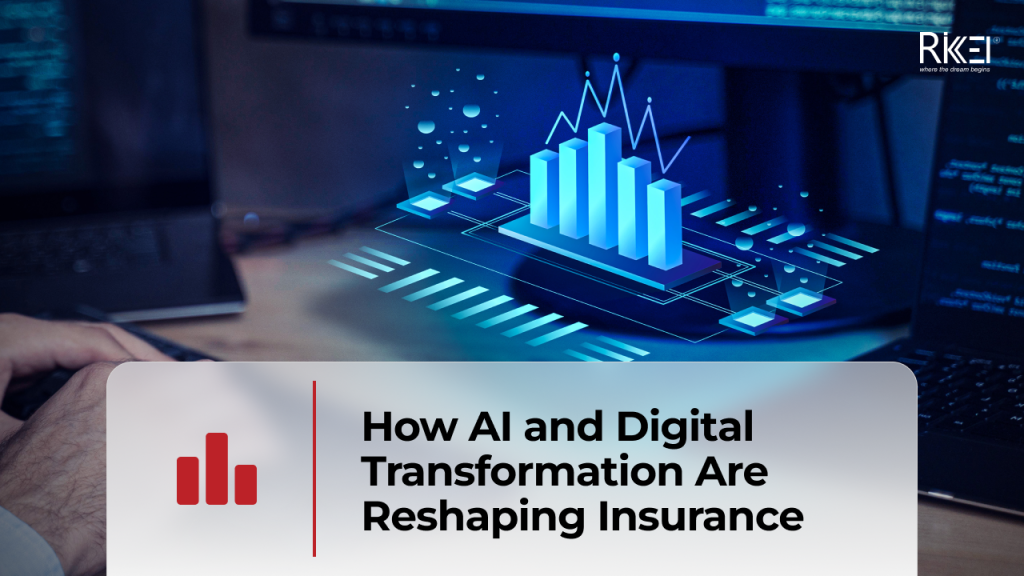
July 23, 2025
Insurtech’s Game-Changing Trends: How AI and Digital Transformation Are Reshaping Insurance
The financial technology sector is experiencing unprecedented change, making it essential for business leaders and technology professionals to stay ahead of emerging innovations. Throughout 2025, insurance technology (insurtech) has emerged as a powerful catalyst for change, fundamentally altering how insurance providers conduct business, engage with clients, and assess risks. This technological evolution represents more than […]
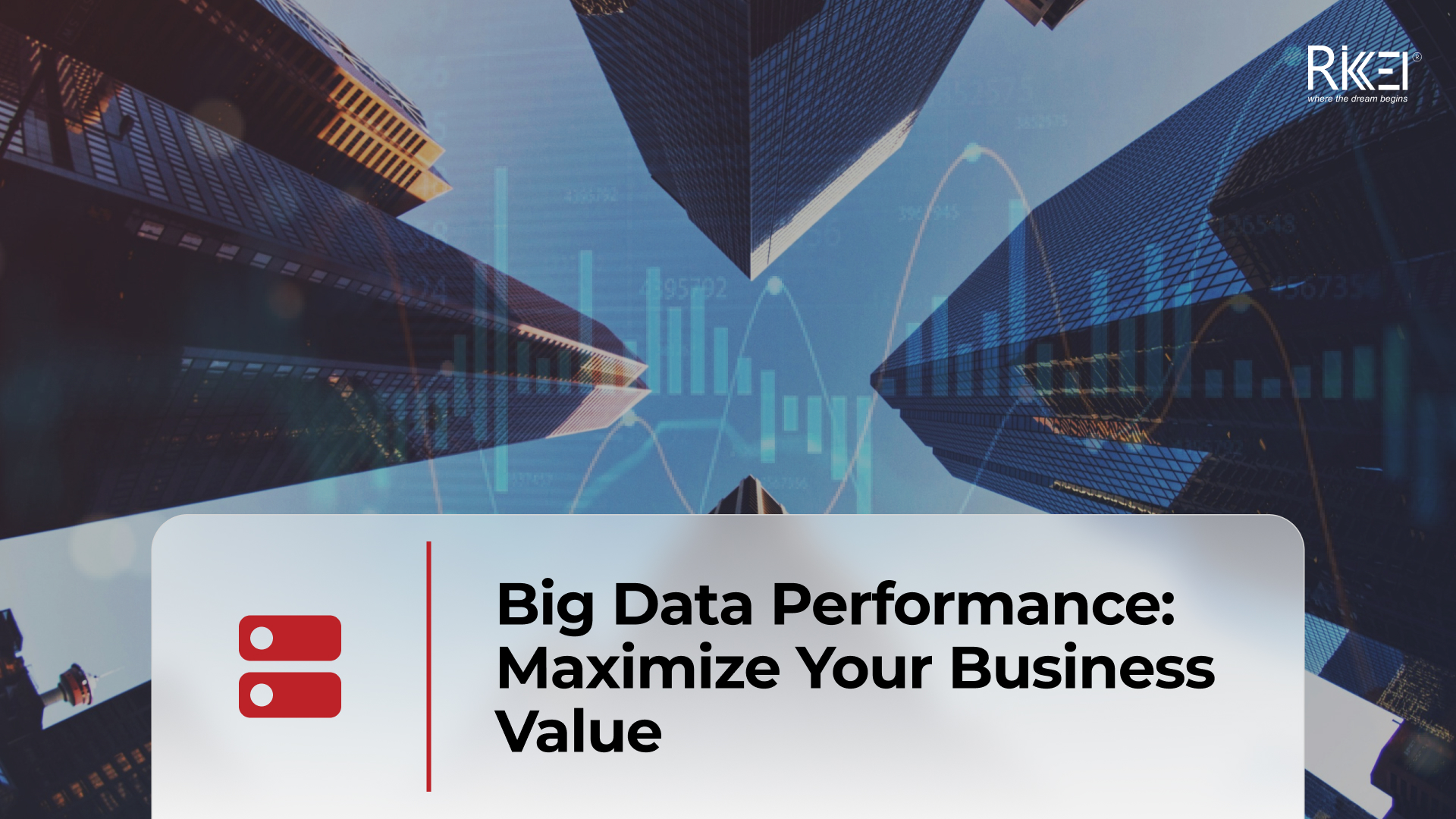
April 4, 2024
Big Data Performance: Maximize Your Business Value
In today’s data-driven world, organizations are constantly generating and collecting immense amounts of data to understand their customers more deeply. This data, often referred to as “big data,” holds immense potential for organizations to seek opportunities and overcome challenges. But accessing and analyzing big data isn’t enough to have proper strategies; organizations must pay attention to […]
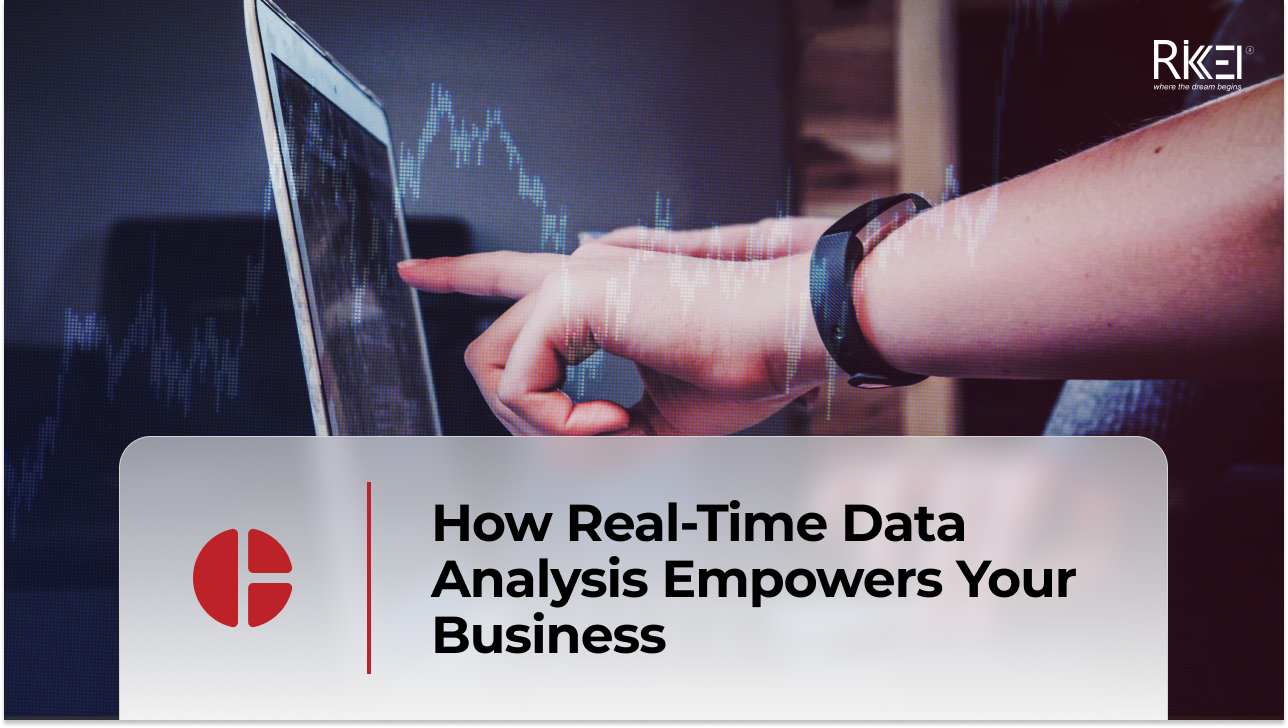
April 4, 2024
How Real-Time Data Analysis Empowers Your Business
In today’s fast-paced business landscape, the ability to quickly make data-driven decisions has become a key differentiator for success. Real-time data analysis, the process of analyzing data as soon as it’s generated, has emerged as a powerful tool to empower business across industries. By leveraging real-time data analysis, organizations can gain timely and actionable insights, […]
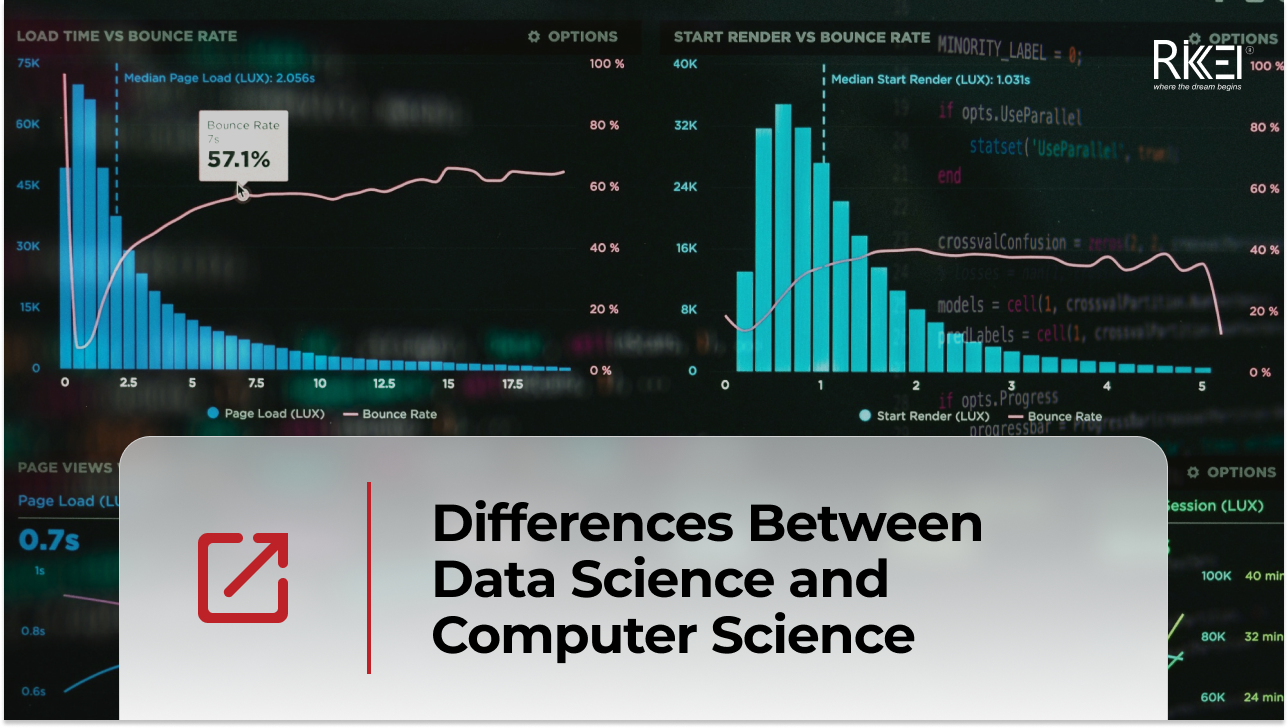
April 4, 2024
Differences Between Data Science and Computer Science
Data Science and Computer Science are distinct fields overlapping in certain areas but have different focuses and objectives. The article below will help you clearly understand the differences and the close connection between the two fields. What is Data Science? Data Science is an interdisciplinary field that combines scientific methods, processes, algorithms, and systems to […]
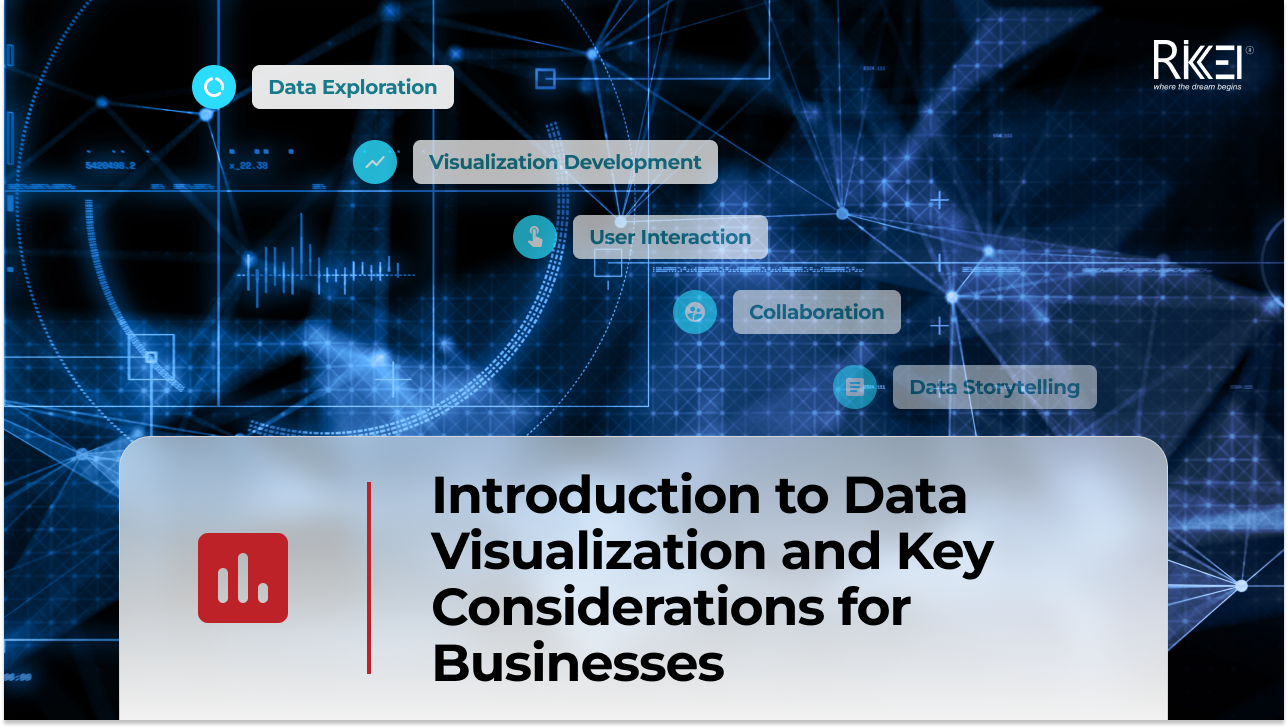
March 28, 2024
Introduction to Data Visualization and Key Considerations for Businesses
In your opinion, what is data visualization? Your main goal is to communicate your recommendations engagingly and effectively, right? To achieve this, let’s immediately explore a method that can represent information with images. What is Data Visualization? Define data visualization and their roles in organizations First, you need to find the answer to the question: […]

